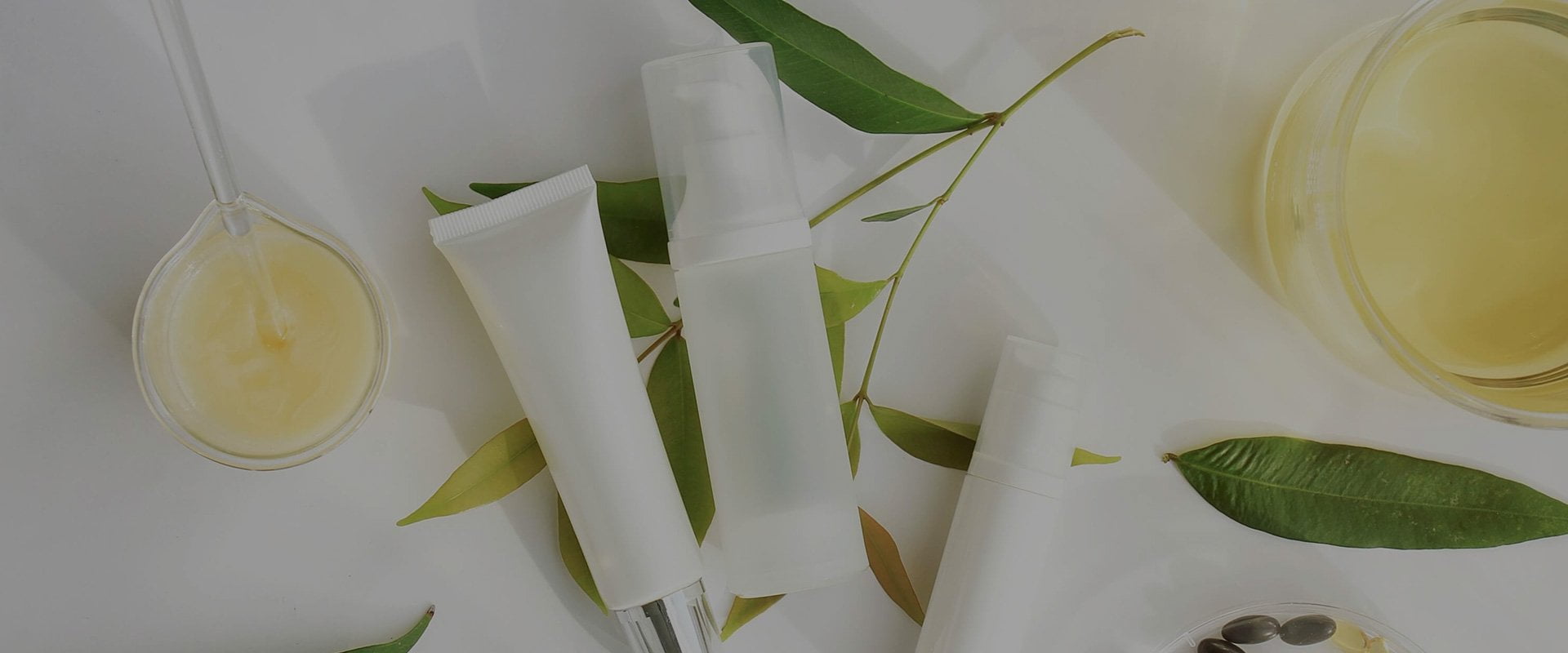
Blog
Our Lives Invisible Threat

OUR LIVES’ INVISIBLE THREAT
Wet wipes really do save lives, and we wouldn’t be wrong to state that. In our luggage, automobils, numerous areas of our houses, and restaurants, wet wipes are the first cleaning product we use. According to recent research, our assistants—who are always there for us—are not as trustworthy as they first appear to be. For your convenience, we have gathered a list of wet wipe dangers as well as substances we should be cautious about in the products we use.
BE AWARE OF THE CONTENTS
Even while many modern wet wipes are free of paraben, SLS, alcohol, and synthetic fiber, this does not necessarily mean that they can be used safely. Brands don’t particularly mention content that stands out for its negative effects during particular times. For their durability and low price, there are numerous substances that are ignored.
SULFACTAN
Among the sulfactants utilized for their foaming properties, Cocamidopropyl Betaine is the one most frequently used in wet wipes and is known to trigger several adverse responses.
PRESERVATIVES
The most common ones in this product category are phenoxyethanol, bronopol, DMDM hydantoin, and dianzolidinil, which guarantee product protection after the container is opened. These troublesome preservatives release formaldehyde, a toxic gas that is actually known as the substance that is released by these preservatives. Chronic exposure can lead to eczema, cancer, and respiratory problems.
PERFUMES
You adore smells, we are aware of that. But the components in these perfumes made from synthetic materials are the ones that trigger the most reactions.
OFFERS A PH BALANCE DISTURBANCE
Wet wipes have a pH level because they are items made of water. The pH range of the items available on the market, according to studies, is between 3.5 and 7.5. The pH balance of the skin is disturbed by wet wipes, particularly those with pH contents below.
DO NOT LET THE FACT THAT IT CONTAINS WATER MISLEAD YOU
Our preference has been influenced by its great absorbency up until this point. These high-absorbency wipes have a surface density that is related to the size of the pores in their construction. This is being done to allow it to absorb more water, which will allow more microbes to grow.





